How Many Angels In The Universe?
The Universe is infinite. Most of it is comprised of Empty Space. We tend to occupy ourselves with all that stuff in between. There are some very, very big things out there. Of course every big thing is made up of smaller things.
Let’s start from the ground-up.
This is a Quark.
It is very, very small. No one has ever seen a Quark, but like Black Holes I am told they exist because we can observe and record their effects. Quarks are known as elemental particles, meaning that nothing smaller has been detected… yet.
There are different kinds of Quarks1. When they combine they will from either a Proton2 or a Neutron3.
This is a Gluon.
Gluons are the energy particles that bind the Quarks together into Protons or Neutrons. This is known as the “Strong Nuclear Force.”
Protons have a “positive charge.” Neutrons have a “neutral” charge. This is important and we’ll discuss why in a moment. When Protons and Neutrons bind together they from a “Nucleus.”
This is a Lepton.
The most well known Lepton is called an Electron. Electrons have a negative charge. The negative charge in the Electron is attracted to the positive charge of the Proton in the Nucleus. When the Electrons take up residence around the Nucleus, an Atom is formed. <Whew> Yeah, it took us a while, but we’re finally at the Atom. Let’s continue.
This is a Silicon Atom. It is marvelously proportional in that it contains 14 Protons, 14 Neutrons, and 14 Electrons.
Add a some Oxygen, and you get Silicon dioxide.
Add a few more ingredients – Aluminum, Potassium, Sodium, Calcium, Iron, and you get Granite.
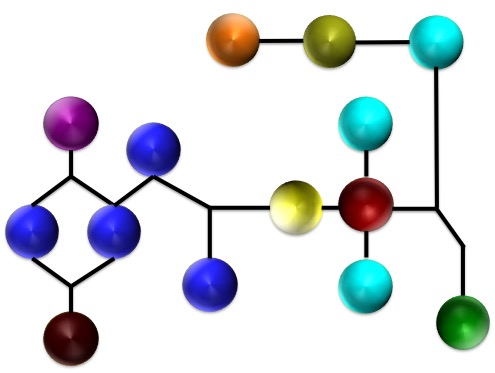
I need to consult with a geologist to make sure I got this one right. Don’t use this for a school project, kids.
Enough Granite Molecules will form this
Enough rocks and you get…
Still more rocks…
We’re just getting started.
Go 93 million miles away from the rocks and you run into this fusion reactor where billions of hydrogen atoms are being ionized into helium every second.
As large as the earth is, it’s a spec in comparison to our Sun. The Sun contains 99.86% of all the mass in the Solar System. A total of 1.3 million Earths will fit inside our Sun.
Thing that’s big? Meet UY Scuti.
9,500 light years from Earth, with a diameter of 1.3 billion miles. Put another way, if you placed UY Scuti into the middle of our Solar System, it would extend past the orbit of Jupiter. Yet another perspective: 21 billion of our Suns could fit inside it.
That’s a lot of Quarks.
Yet with all the billions of Suns and planets, the Universe is basically a vast desert with tiny islands of mass floating around. To reflect on a cosmic scale, we live and die never leaving the speck of dust upon which we are born.
No End In Sight. Literally.
How big is the Universe? How much is contained therein?
Let me give you two examples. There is a small patch of “empty” sky near the Big Dipper Constellation. For years, astronomers detected almost no light, coming from this particular spot. Astronomers considered it truly “empty space.” In 1995 Robert Williams, director of The Space Telescope Institute gave the go-ahead to orient The Hubble Space Telescope to this tiny section of the sky. For ten days in December the HST took 342 exposures and finally came up with this:
What you see are not Stars, but entire galaxies, around 3,000 – each containing billions of stars. All in a space which takes up 1/24,000,000th of the sky. This is known as the Hubble Deep Field.
You think that’s something…
In the intervening 20 years, astronomers have studied other deep-field sections of the sky. The Hubble Telescope pointed to another area near the constellation Fornax in the Southern Sky. The Space Telescope Institute began collecting data in earnest in 2003. In 2014, they released this image showing the full range of ultraviolet to near-infrared light:
Ten thousand objects. Mostly galaxies. The farthest one away? EGS-zs8-1, a proto-galaxy 13.1 billion light-years away from Earth.
EGS-zs8-1 is a viewing-port to the past. Its existence provides information on the formation of the early Universe. One of the fascinating characteristics of astronomy is that the further an object is away from Earth, the further into past we are looking. Alpha-Centauri, the closest star to our solar system is 4.3 light-years away. That means we observe our interstellar neighbor not as it is right now, but how it was a little over 4 years and 3 months ago.
Today, EGS-zs8-1 probably looks more like our own Milky Way than an amorphous collection of forming stars. But all we see are the forming stars, because their light took billions of years to get here.
The Light Horizon.
Look out far enough, and we see… nothing. The Light Horizon is the boundary beyond which there is nothing to observe. That doesn’t mean there is nothing out there. There may very well be. They’re just so far away that their light hasn’t reached us yet.
For now we see through a glass, darkly; but then face to face: now I know in part; but then shall I know even as also I am known. 1Cor 13:12
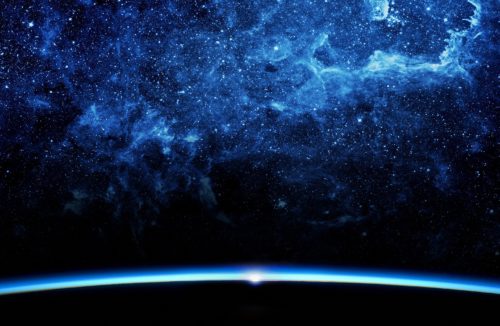 Celestial bodies so far ways, their light is still traveling towards us. Wrap your brain around that.
Celestial bodies so far ways, their light is still traveling towards us. Wrap your brain around that.
Selah.
- There are six types of Quarks: up, down, strange, charm, top, and bottom.
- A Proton has two up Quarks and one down Quark.
- A Neutron has two down Quarks and one up Quark.
Amazon and my site are really good friends. Just so you know, I’m an affiliate for Amazon. I earn a small commission when you shop through Amazon, BUT your cost is the same.


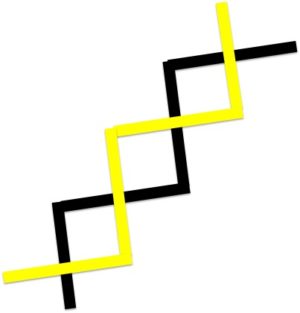

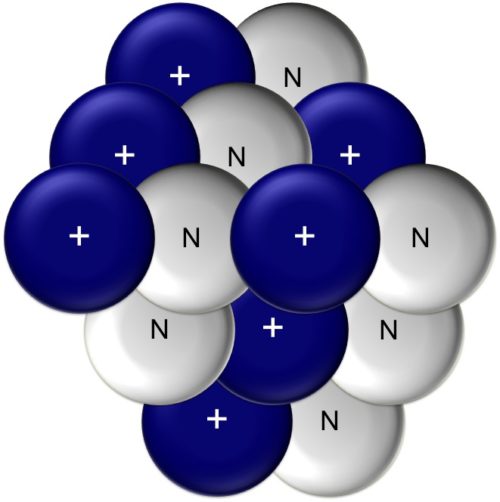
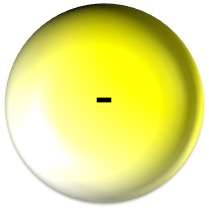

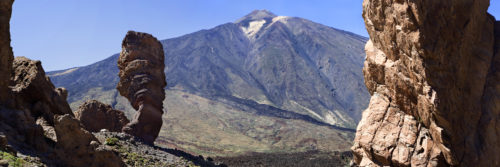
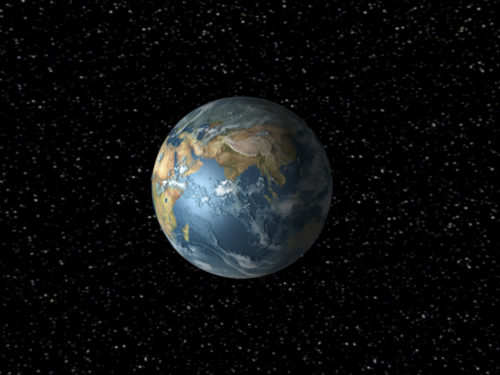
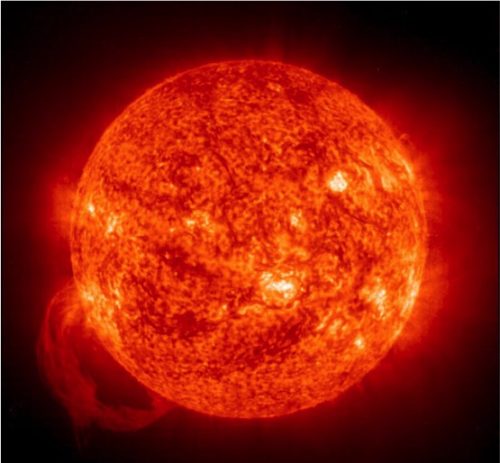
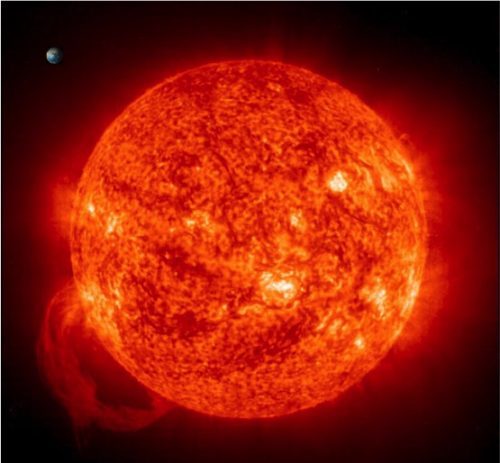
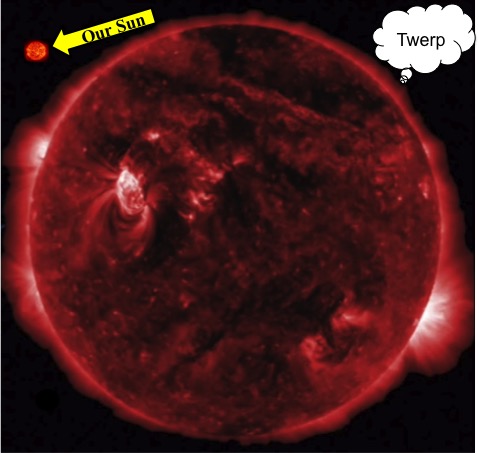
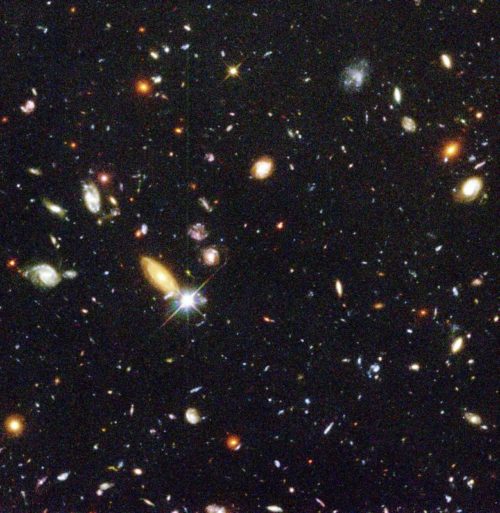
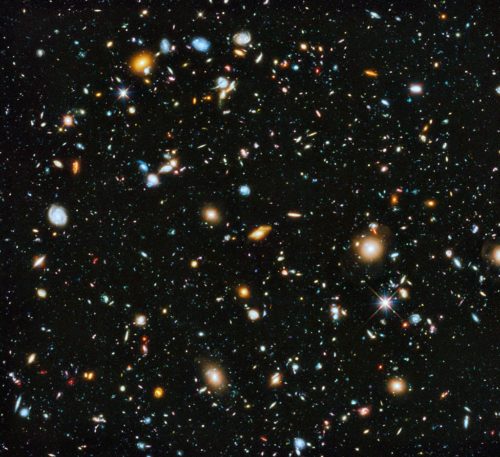
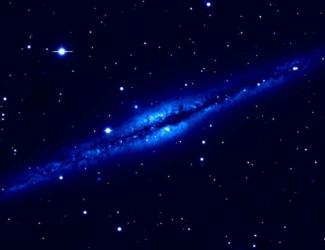









Pingback: God Has No Opposite. Unless You Consider Chaos. - Manning The WallManning The Wall